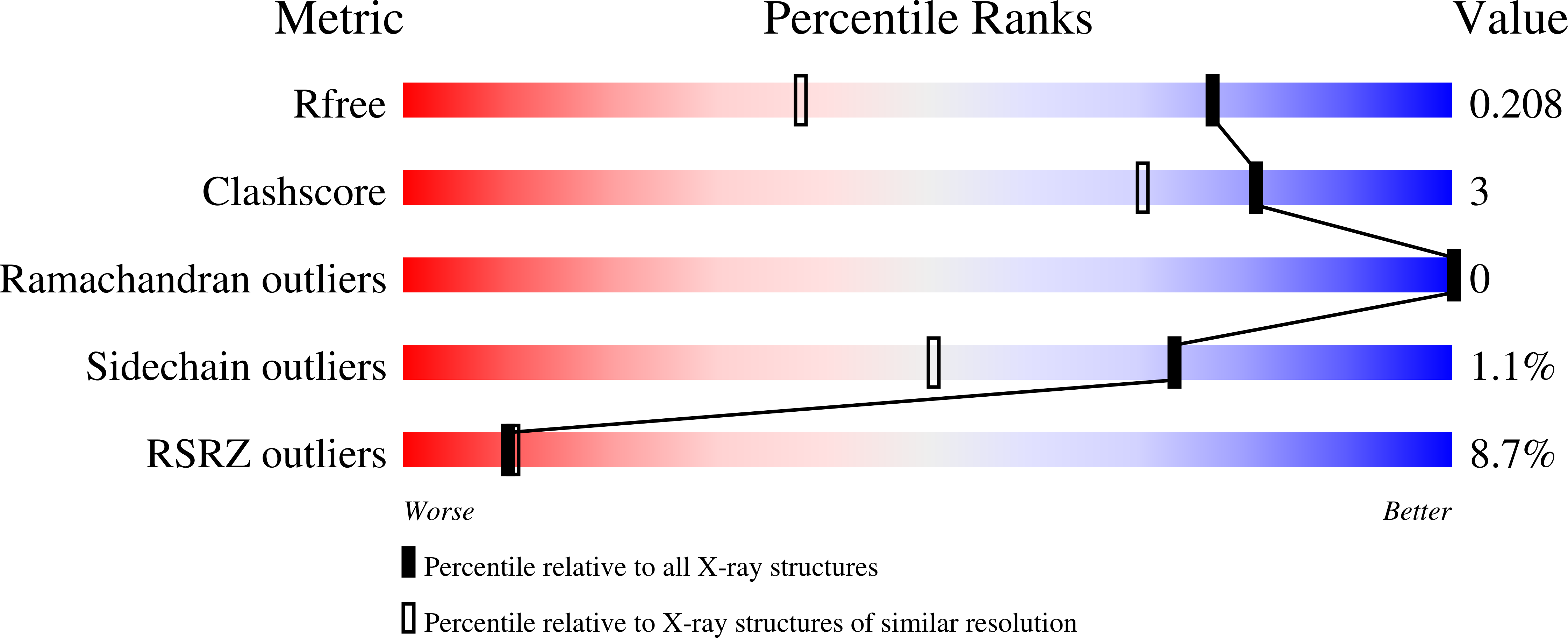
Deposition Date
2018-03-26
Release Date
2018-06-27
Last Version Date
2024-10-09
Entry Detail
Biological Source:
Source Organism:
Rhodothermus marinus (Taxon ID: 29549)
Host Organism:
Method Details:
Experimental Method:
Resolution:
1.47 Å
R-Value Free:
0.20
R-Value Work:
0.18
R-Value Observed:
0.18
Space Group:
P 32 2 1


